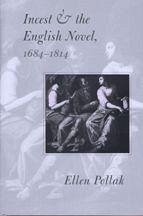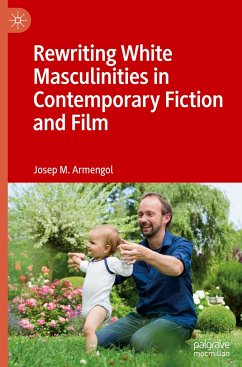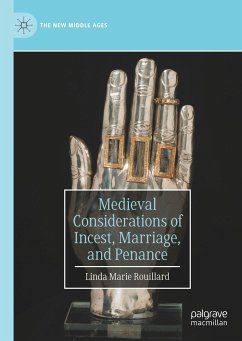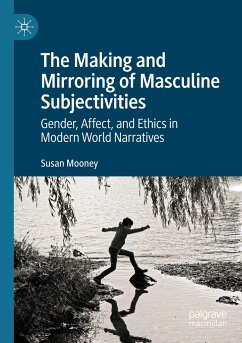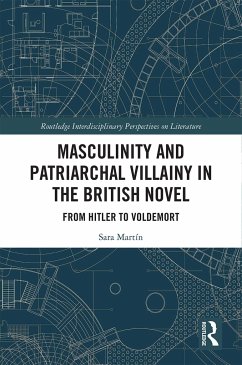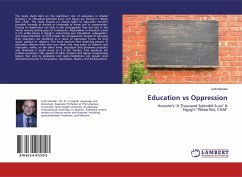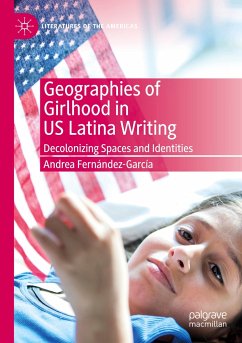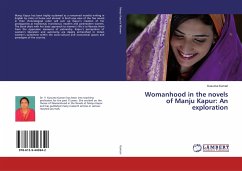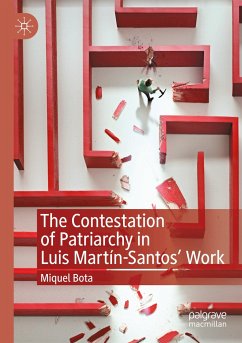
Patriarchy and Incest from Shakespeare to Joyce
Versandkostenfrei!
Versandfertig in über 4 Wochen
58,99 €
inkl. MwSt.

PAYBACK Punkte
29 °P sammeln!
Using Shakespeare's incest plots as a backdrop, Jane Ford traces the incest theme in novels by Charles Dickens, Henry James, Joseph Conrad and James Joyce, exploring in particular the father-daughter-suitor triangle. As Ford demonstrates, three patterns predominate: the father eliminates the suitor and retains the daughter; the father submits to outside authority and relinquishes the daughter; or the father resolves the incest threat by choosing the daughter's suitor. Ford provides evidence that the fictive characters' incest conflicts often mirror the writer's own incest dilemmas, whether sub...
Using Shakespeare's incest plots as a backdrop, Jane Ford traces the incest theme in novels by Charles Dickens, Henry James, Joseph Conrad and James Joyce, exploring in particular the father-daughter-suitor triangle. As Ford demonstrates, three patterns predominate: the father eliminates the suitor and retains the daughter; the father submits to outside authority and relinquishes the daughter; or the father resolves the incest threat by choosing the daughter's suitor. Ford provides evidence that the fictive characters' incest conflicts often mirror the writer's own incest dilemmas, whether subliminal or not, and she points to textual evidence for the occurrence of actual incest in ""The Golden Bowl"" and ""Ulysses"". In readings that break with traditional criticism, Ford maintains that each of the five writers wrote final works that seemed to return to a plot of retention of the daughter by the father. Ford's book offers an amplification of Otto Rank's seminal work, ""The Incest Theme in Literature and Legend: Fundamentals of a Psychology of Literary Creation"", and extends an important issue in 20th-century psychology into the study of major works of literature written in English.



